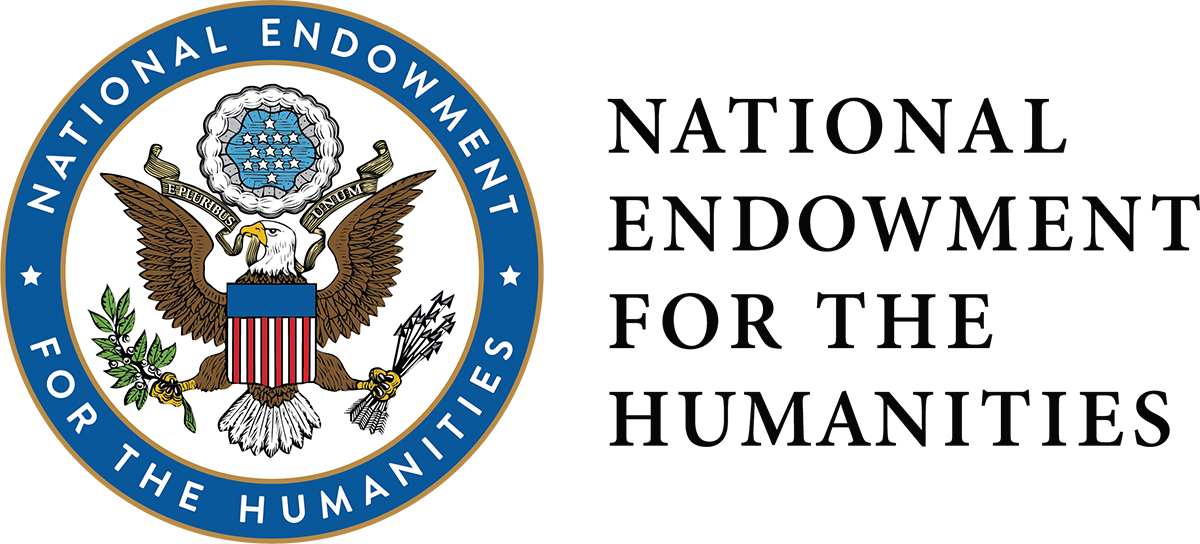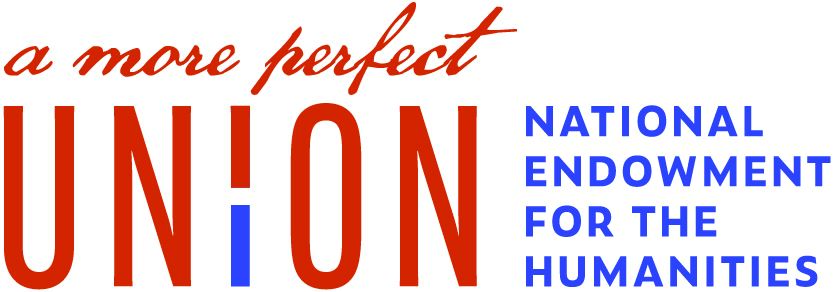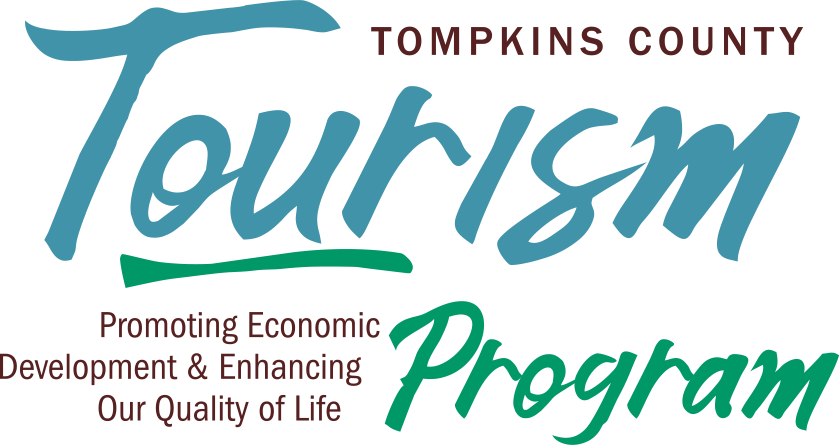- Home
- Research
- HistoryForge
- Volunteer with HistoryForge
Volunteer With HistoryForge
HistoryForge is powered by volunteers.Creating a digital database requires a lot of hours! Volunteers move the project forward, and are an invaluable part of the HistoryForge project. Volunteers work on transcription, scanning, georectification, and digitizing historic photographs from our archives (scanning and metadata creation) in its ongoing production. In the process volunteers learn about Ithaca and its people, buildings and institutions, and about the raw materials of historical inquiry. |
|
Three Ways to Volunteer With HistoryForge:
We generally schedule two open transcription sessions each month. No training or experience necessary. Check out the Events calendar for upcoming sessions and remember to fill out a HistoryForge volunteer application.
Volunteering on our Historic Images Database and Map Georectification projects can be done as an internship, or through regular volunteer hours either at the Tompkins Center for History & Culture or from home.
CENSUS TRANSCRIPTION
Early census records from the 19th and 20th centuries were entirely written by hand. We have copies of these manuscripts from each decade since the first census in Ithaca. Making these records available digitally requires many volunteer hours. Census transcription requires patience and a commitment to accuracy. We provide written instructions and training on site. After training it is possible to work at home, although we see the greatest success from teams working at The History Center. Our “transcription parties” encourage sharing tips and checking doubtful readings. | HISTORIC IMAGES DATABASE
The building database will also grow as additional information about the buildings becomes available either from The History Center’s collections, Historic Ithaca's collections, or from user-generated content. | MAP GEORECTIFICATION
This project requires concentration and a commitment to accuracy. EXPLORE OUR MAPS SO FAR |
Professors, instructors and teachers: if you think volunteering would be a useful and interesting exercise for your class (and we believe it is), we would be happy to host your class at The History Center or take our transcription party on the road and work at your site.
Live in a residential facility and think a group there would be interested? We would be very happy to visit your facility both to demonstrate HistoryForge and train volunteers.
Contact HistoryForge Project Director Eve Snyder at historyforge@thehistorycenter.net to connect about a collaboration.
.png)

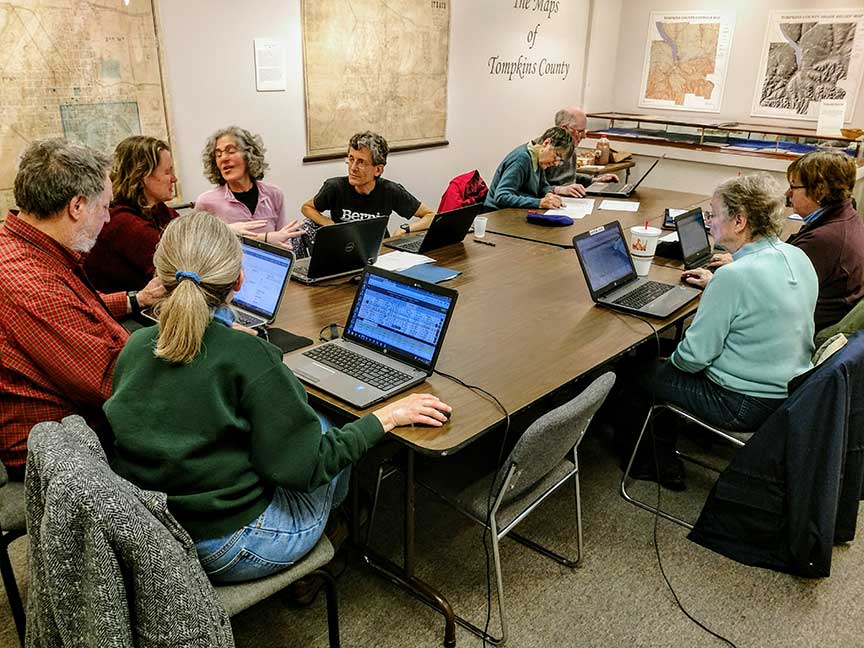
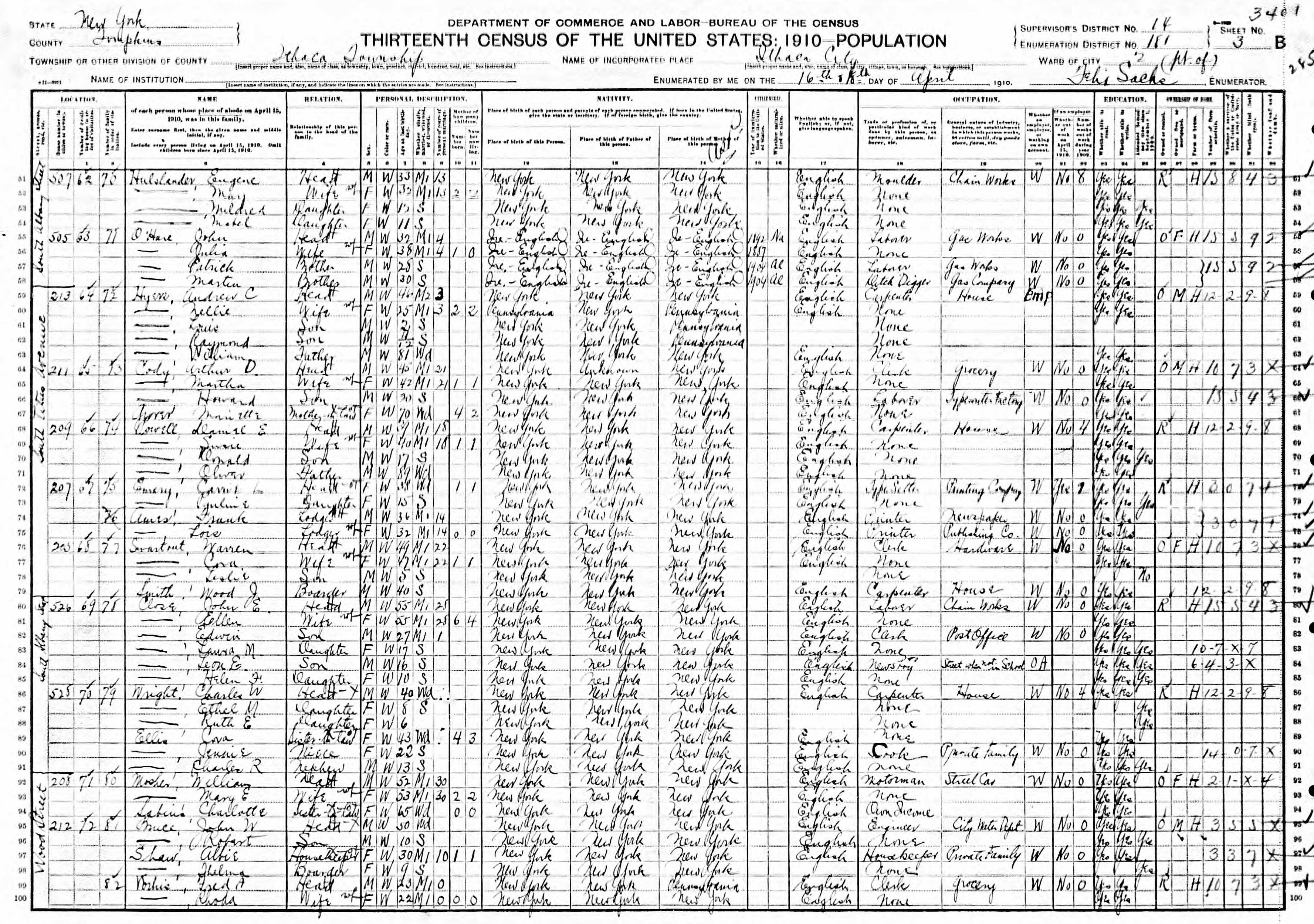

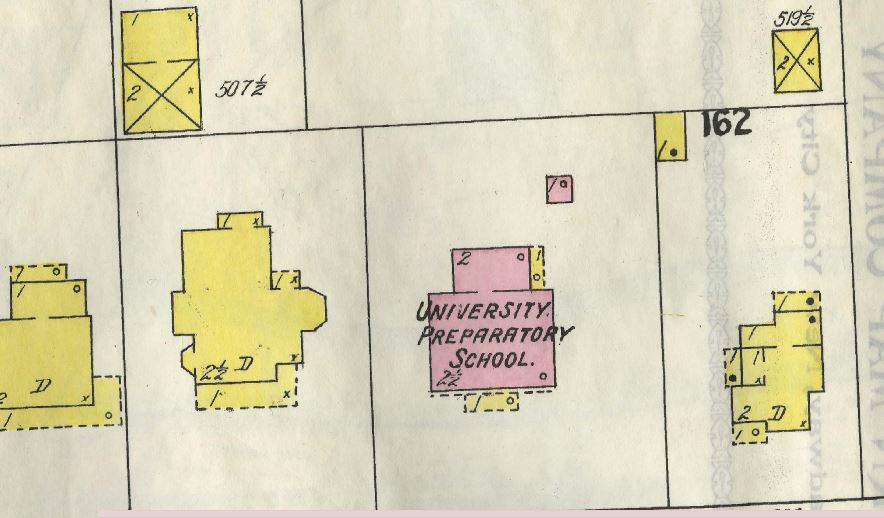
 Every building in 1910 has an address. Many of these, but not all, appear on the Sanborn Map. Where they do we can capture information about the building from the map. The maps have information such as what the building was used for, how many stories it had and how it was constructed (construction materials are color coded). The maps also show the existence of outbuildings. All of this needs to be entered through a building data entry form. In addition the building markers may not be perfectly aligned with their buildings on the map and so the markers must be moved.
Every building in 1910 has an address. Many of these, but not all, appear on the Sanborn Map. Where they do we can capture information about the building from the map. The maps have information such as what the building was used for, how many stories it had and how it was constructed (construction materials are color coded). The maps also show the existence of outbuildings. All of this needs to be entered through a building data entry form. In addition the building markers may not be perfectly aligned with their buildings on the map and so the markers must be moved.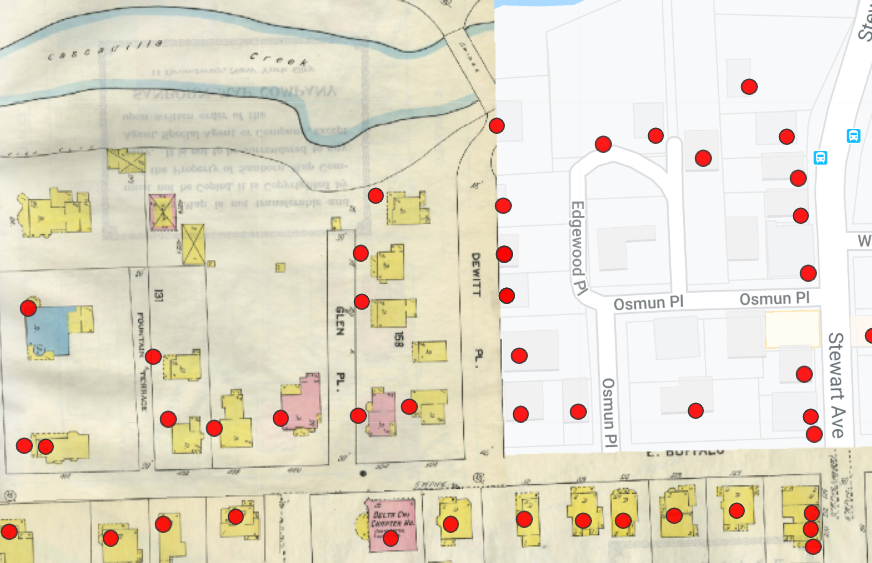
 Georectification involves uploading historic maps into HistoryForge and then using the MapWarper tool to georectify the maps by "pinning" the historic maps to the correct latitude and longitude points of our interactive modern day maps. This allows researchers to track the changing landscape of the city as house numbers, street names, even buildings and block sizes change or disappear or emerge.
Georectification involves uploading historic maps into HistoryForge and then using the MapWarper tool to georectify the maps by "pinning" the historic maps to the correct latitude and longitude points of our interactive modern day maps. This allows researchers to track the changing landscape of the city as house numbers, street names, even buildings and block sizes change or disappear or emerge. 